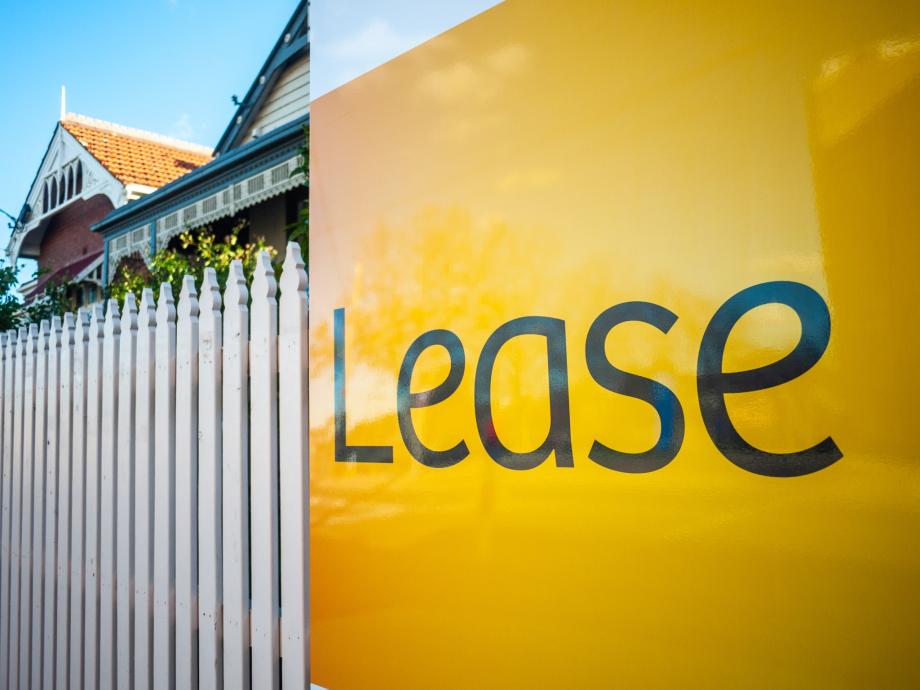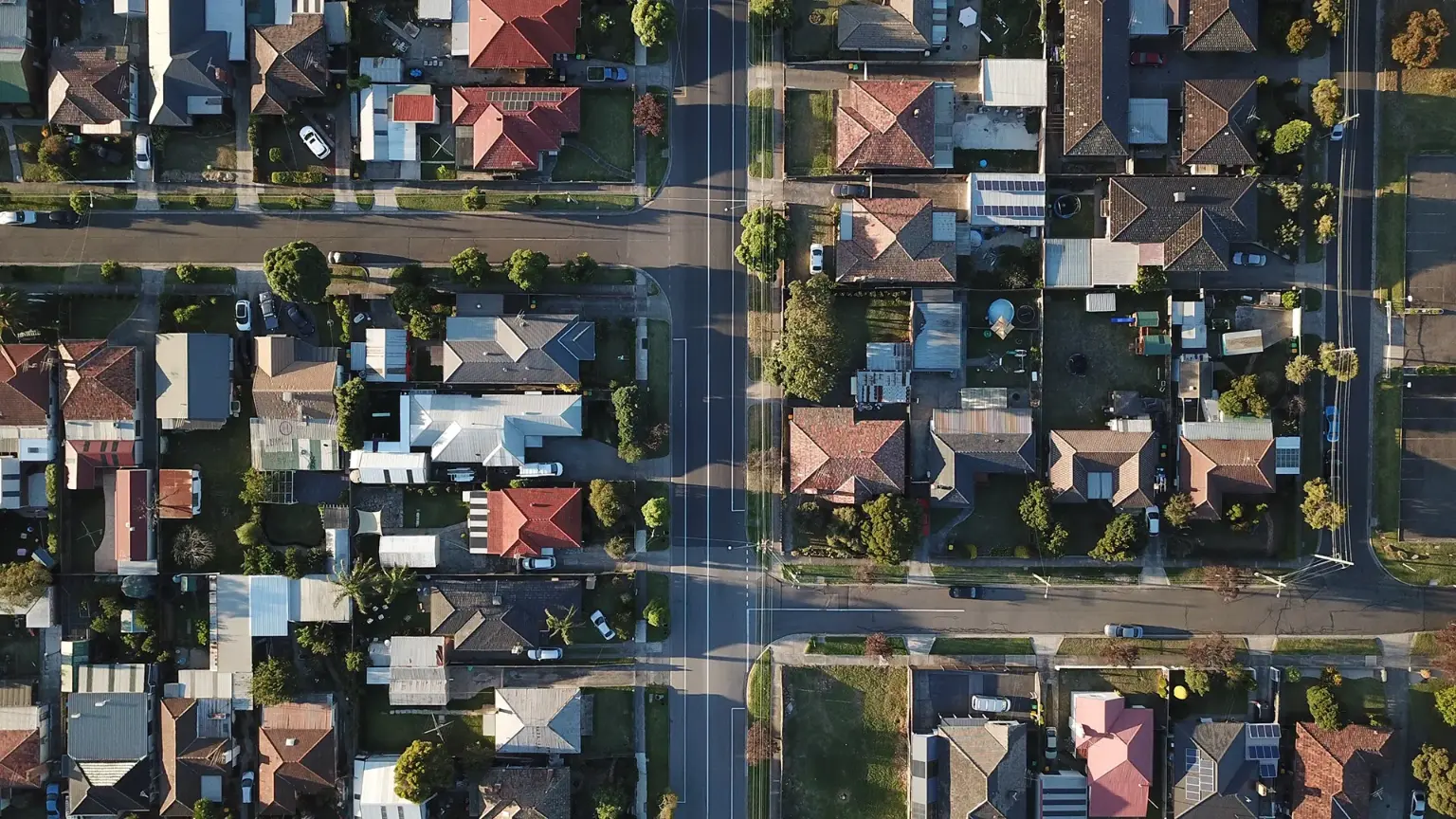Australia’s rental market is currently exhibiting trends that could present unique opportunities for property investors. Recent data from SQM Research, as of February 2024, reveals significant shifts in vacancy rates and rental prices that could influence investment strategies.
Decline in Vacancy Rates
One of the most notable trends is the continued decrease in national vacancy rates, now standing at a mere 1.0%. This decline, albeit small (a 0.1% drop from January to February), signifies a tightening rental market. With the total number of rental vacancies across Australia falling to 30,161 properties, from 32,108 in January, the market is becoming increasingly competitive. This tightening is more pronounced in certain cities, with Sydney, Canberra, Darwin, and Hobart experiencing a 0.2% drop, and Melbourne and Brisbane seeing a 0.1% decrease. Conversely, Perth and Adelaide’s rates remained stable, suggesting regional variances in market dynamics.
Moreover, vacancy rates in key CBD areas such as Sydney, Melbourne, and Brisbane have also decreased, standing at 3.3%, 2.7%, and 2.1% respectively. This decrease is indicative of a robust demand for rental properties in urban centres, potentially driven by tertiary students and new graduates entering the workforce.
Rising Rental Prices
Accompanying the drop in vacancy rates is an increase in capital city asking rents, which rose by 1.2% over the past 30 days leading to 12 March 2024, with a substantial 12-month increase of 11.4%. This rise in rents is not uniform across all cities; for instance, Darwin and Hobart experienced declines of 2.1% and 0.1%, respectively, while Melbourne recorded the fastest increase at 1.5%.
The national median weekly asking rent for a dwelling now stands at $721.00, with Sydney recording the highest weekly rent for a house at $1054.16. On the other end of the spectrum, Adelaide offers the best rental affordability among capital cities, with a median weekly rent for units at $457.72.
Implications for Property Investors
For property investors, these trends offer a mixed bag of opportunities and challenges. The declining vacancy rates suggest that properties in most Australian cities, particularly in urban centres, are likely to find tenants quickly, reducing the risk of income loss due to unoccupied periods. Moreover, the rising rental prices could result in higher rental yields, making investment properties more lucrative.
However, investors need to be mindful of regional variations. For example, investing in Melbourne might offer faster capital appreciation due to rapidly rising rents, while Adelaide could be attractive for those looking for more affordable entry points into the market with reasonable yields.
Looking Ahead
Louis Christopher, Managing Director of SQM Research, notes that the rental market is likely to tighten further in March, driven by seasonal demand increases from students and new workforce entrants. This could mean even lower vacancy rates and potentially higher rents in the short term.
As Australia’s rental market continues to evolve, staying informed about these trends will be crucial for investors looking to make strategic decisions. The current climate suggests that there is potential for growth, but as always, it’s important to consider the broader economic landscape and personal investment goals.
Source: Data and insights sourced from SQM Research’s “National Vacancy Rate February 2024” report.
https://sqmresearch.com.au/index_property.php

_1760408926gJ50A-card.jpg)

_1758680457EfP8W-card.png)
_1754959266HOub5-card.png)
_1752115352WpaHL-card.jpg)
_1751940993PbDjZ-card.jpg)

_1764731815HUFUX.jpg)
_1764211036lHsm6.png)
_1762916285NoFl4.jpg)
_17623130443GJfk.jpg)
_1760408926gJ50A.jpg)
_17598783571Kaml.jpg)



